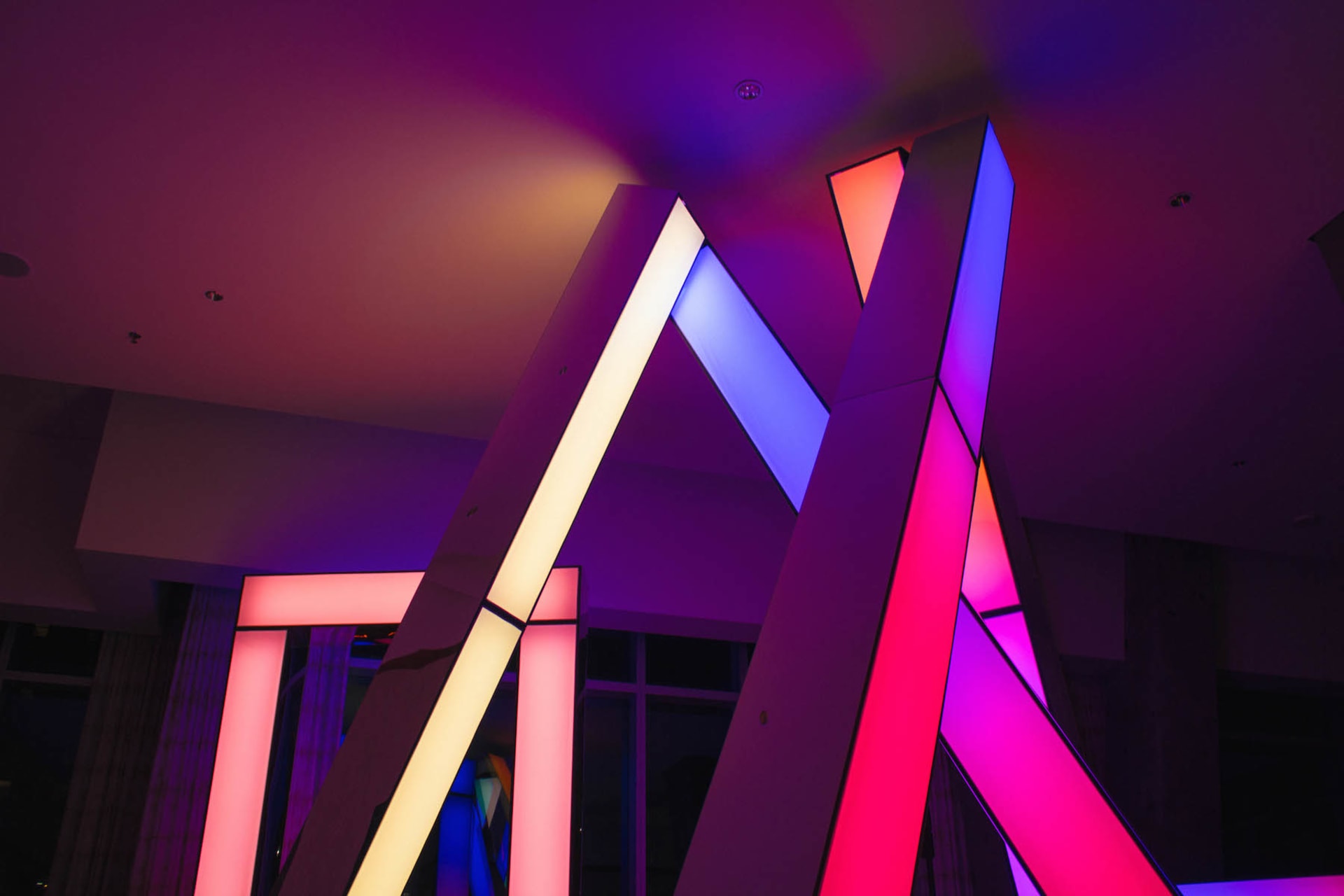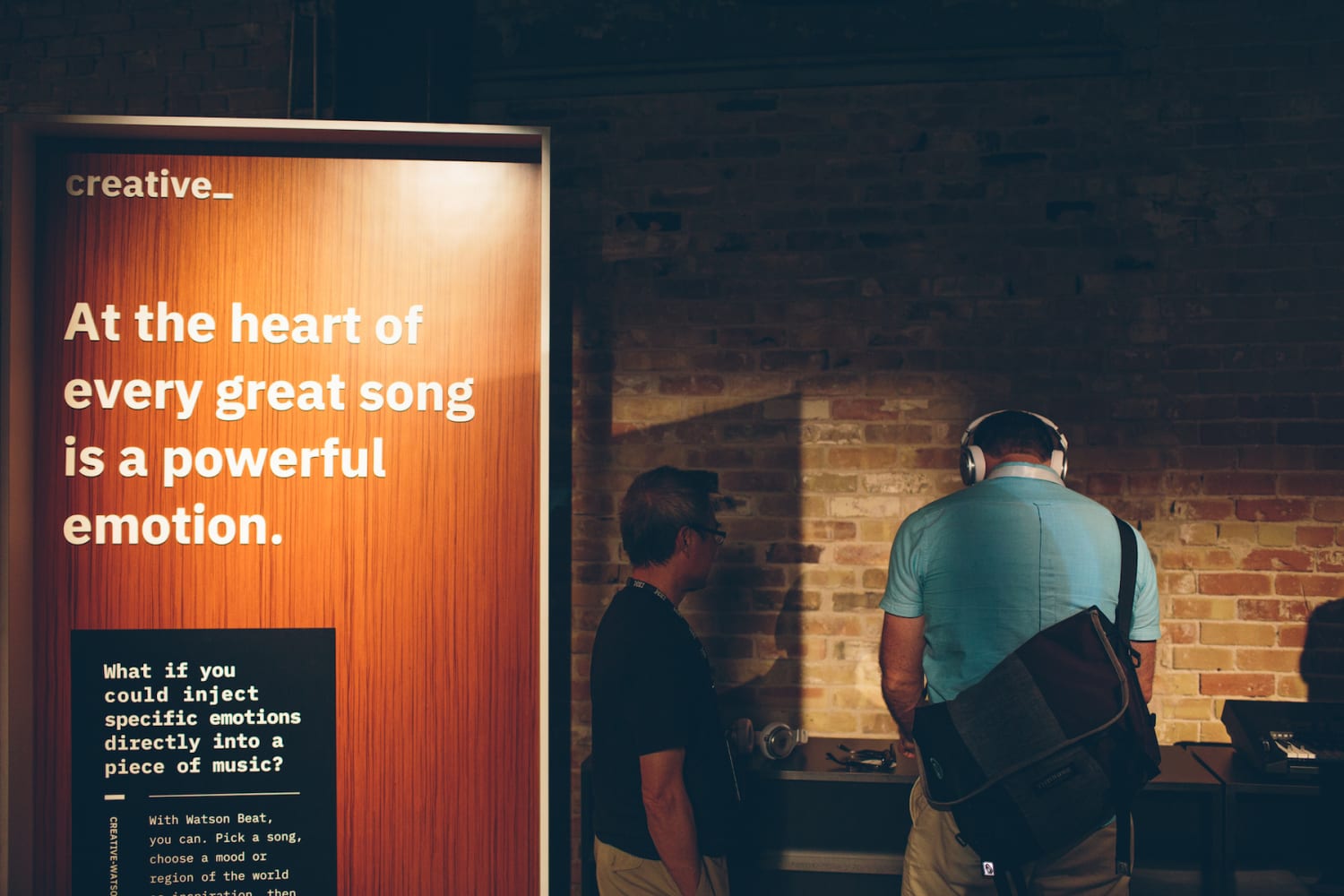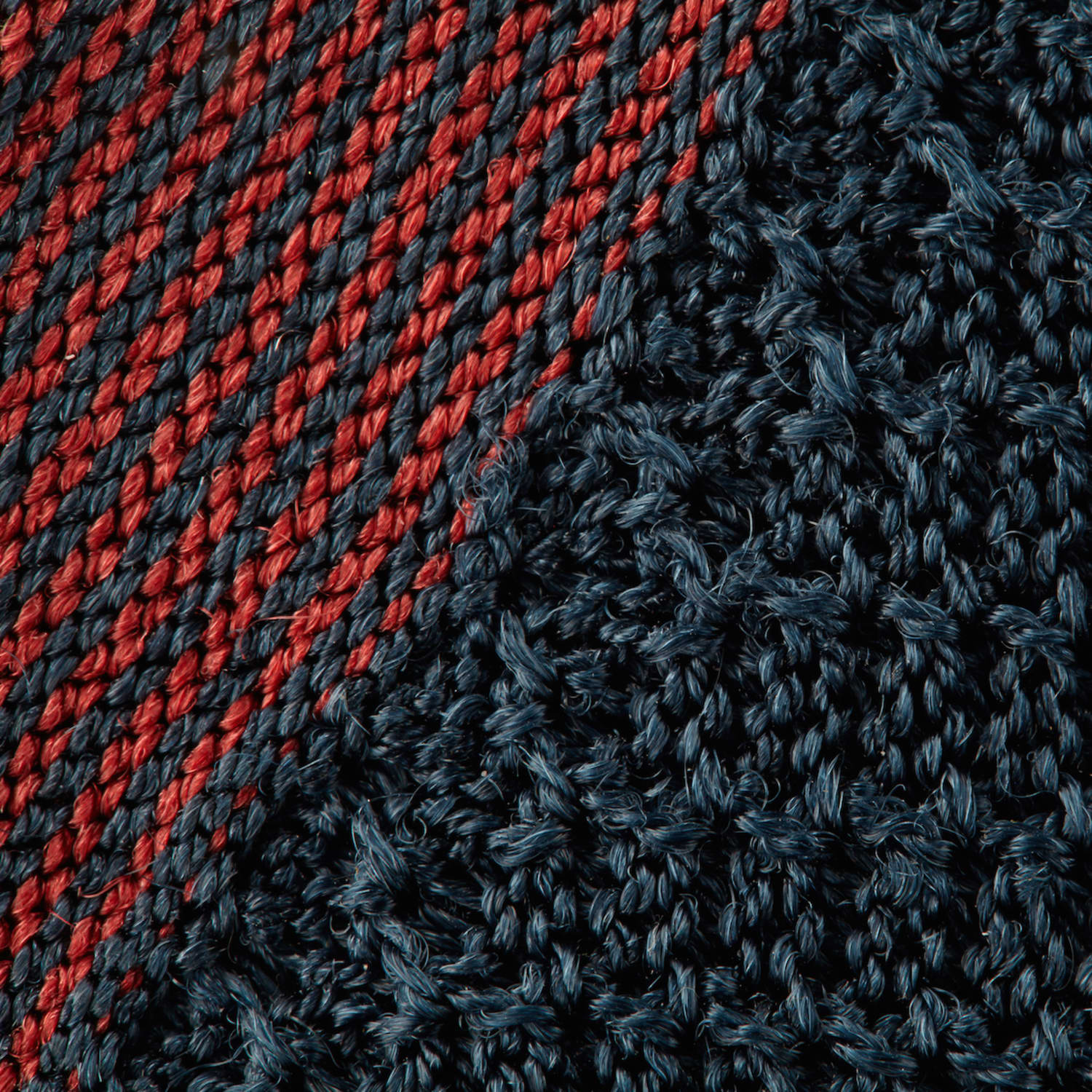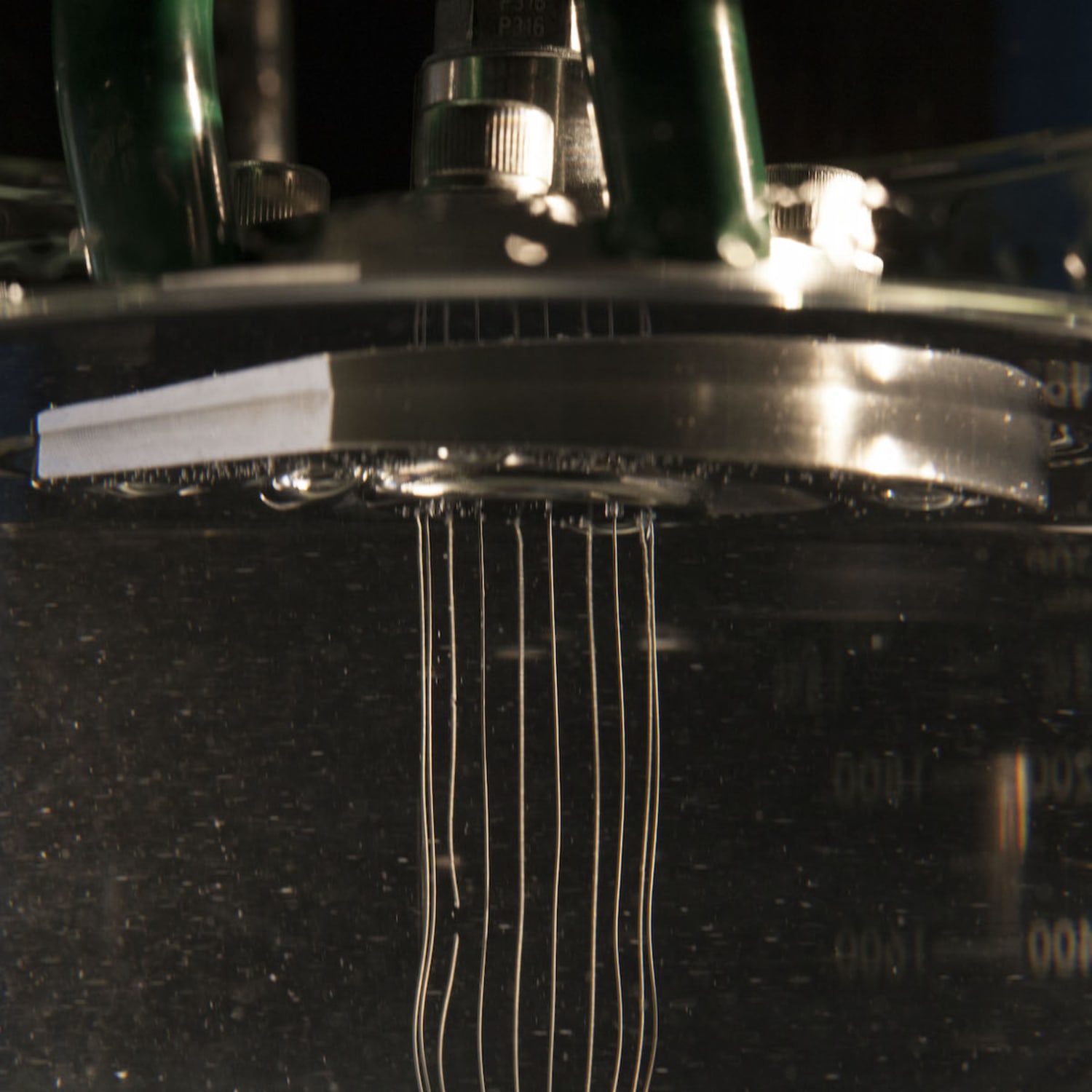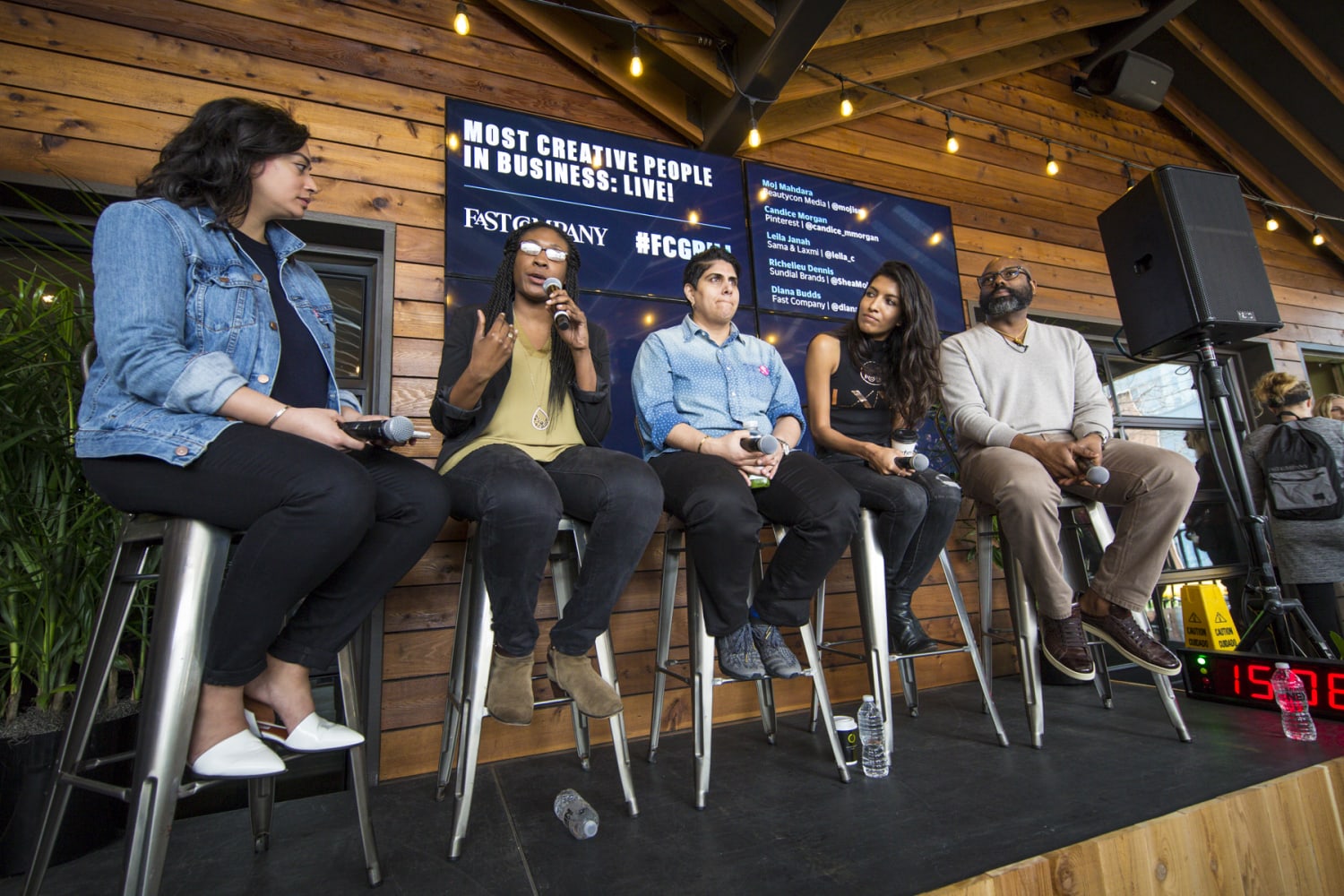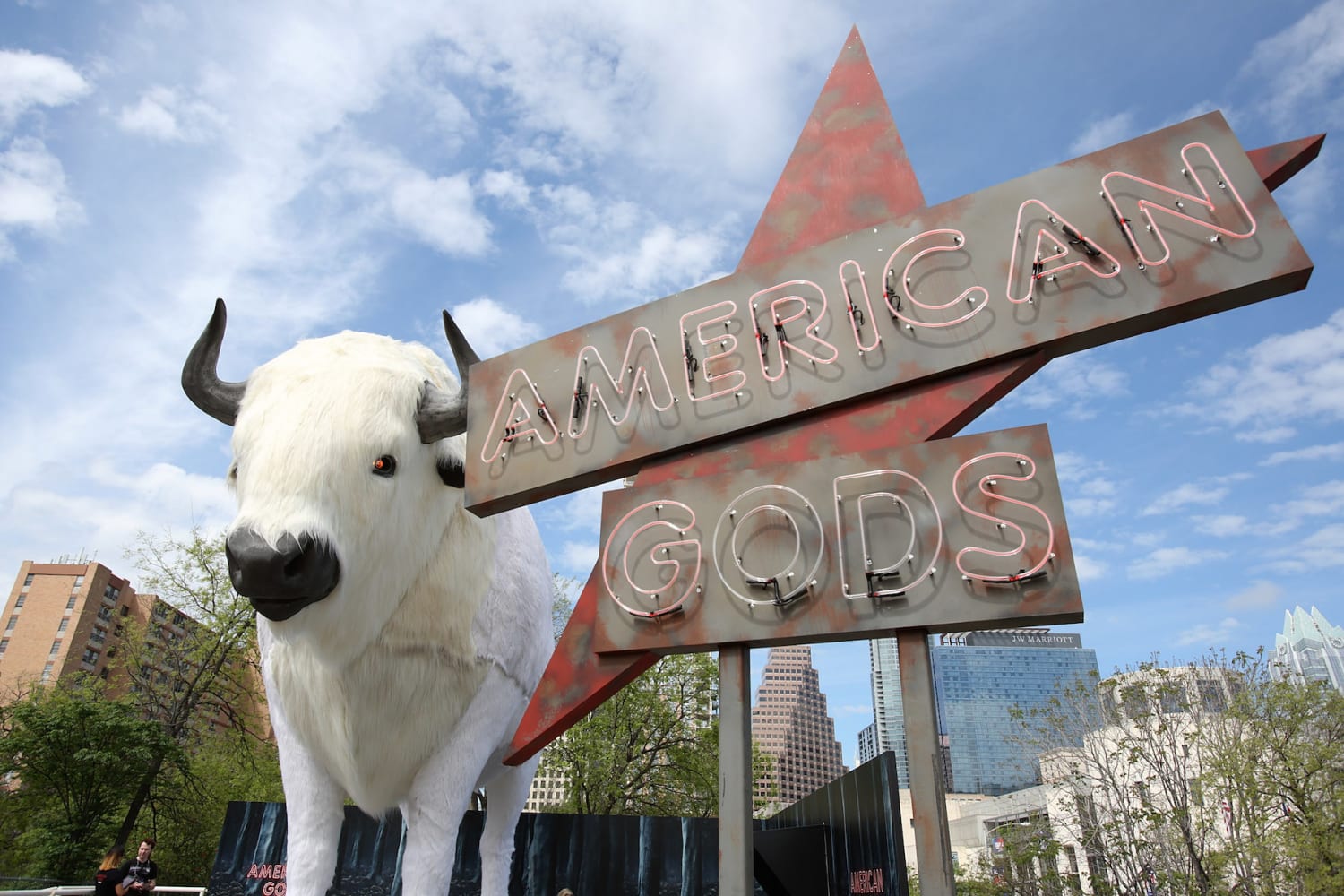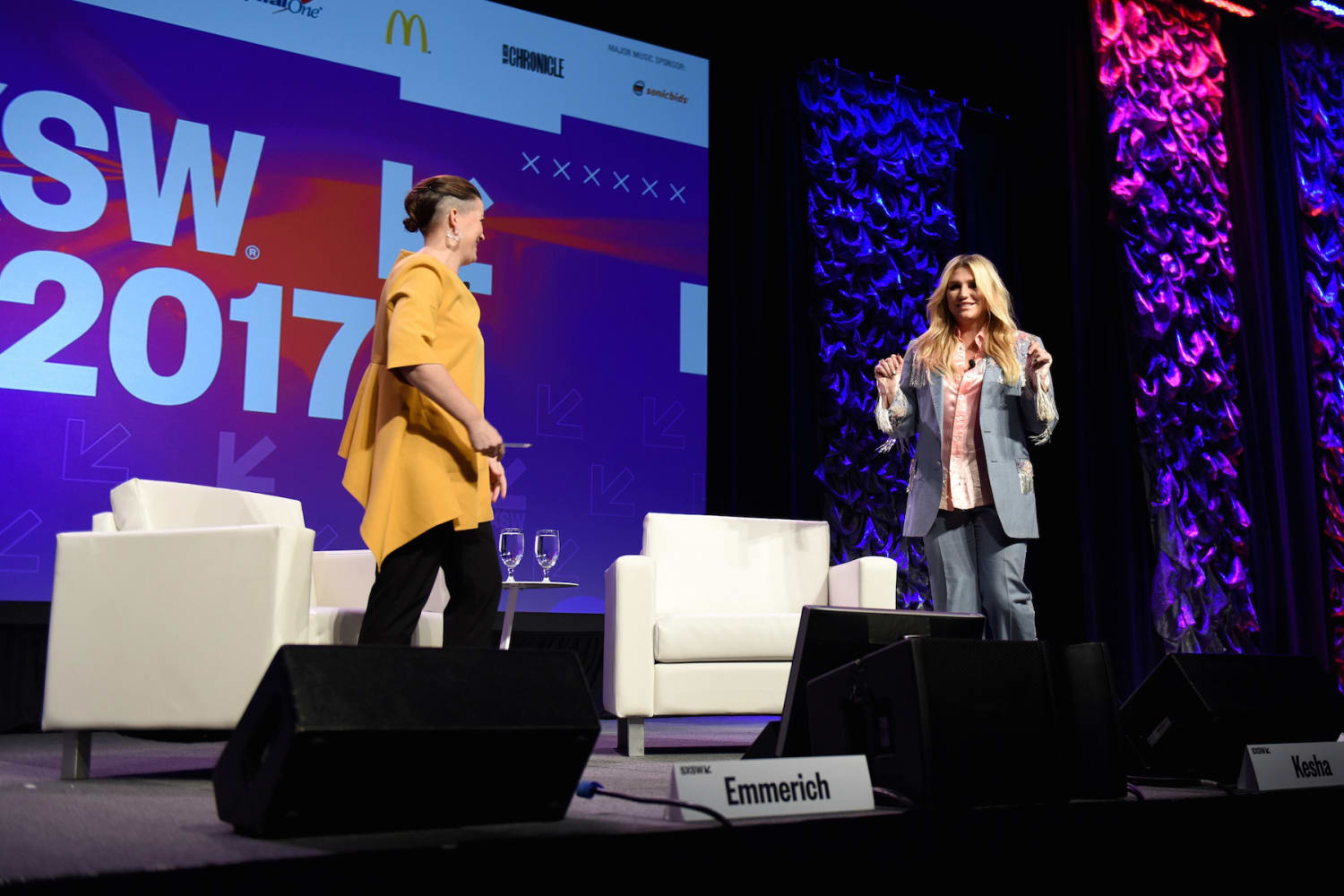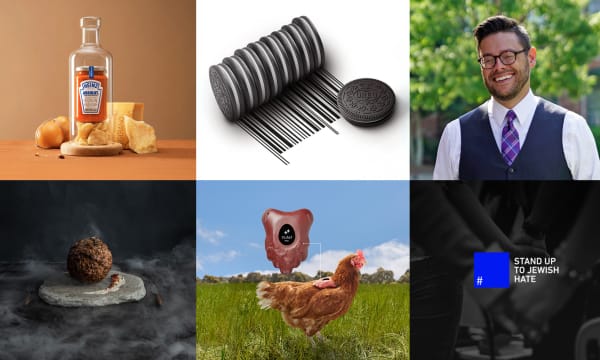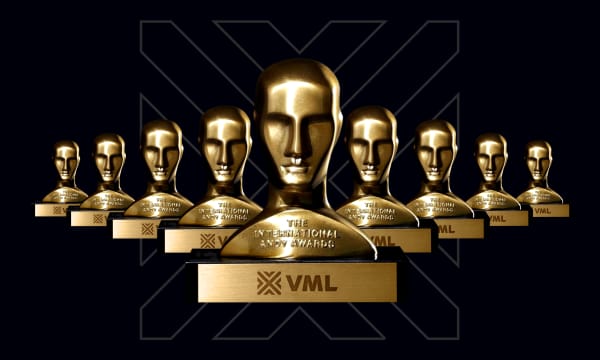This year, South by Southwest marked ten years since Twitter’s breakout role at the conference, which lifted it from a little-known techie tool into a media darling for what was then called Web 2.0. Ever since, marketers have beaten a path to Austin to chase the latest tech and innovation breakthroughs—even as fewer technologists seem to make the journey.
This year, few attendees were surprised when no particular app emerged as a game-changer. The last to manage it was Meerkat in 2015, which offered the then-radical service of live-streaming video, an idea that has now been safely wrapped into the ecosystems of large tech players. In these days after the mobile gold rush, few up-and-comers manage to escape the gravitational fields of GAFA (Google, Apple, Facebook and Amazon) for long.
Political run-ins
So what was SXSW talking about this year? Aside from 2014, when the conference experienced a brief period of soul-searching following the Edward Snowden revelations, the past few years have been an extended celebration of Silicon Valley in all its glory. 2017 was different—less a rosy look at best-case scenarios than a postmortem on what’s gone wrong with technology, and a warning to avoid even bigger pitfalls down the road.
To offer just one example: instead of celebrating the wonders of Uber, Lyft and the gig economy, SXSW attendees were trying to get around Austin without them as the companies had pulled out following a political battle with the city. Instead, everyone downloaded Fasten, a new ride-hailing service that promptly crashed. The technology industry—and marketing too, for that matter—was bumping up against messy political realities that it previously assumed would work themselves out.
Bruce Sterling, a futurist and science fiction writer who, in the conference’s early days, hosted the SXSW Interactive closing party at his house, once again gave the closing talk (at last year’s edition, he said Donald Trump might be elected). Certainly no Luddite—he reminded the audience that he’d spent years building an IoT-enabled “maker house” in the Italian city of Torino—Sterling said he hadn’t been excited by this year’s takes on wearable tech or VR. (He said of the latter that “just because it’s really cool and interesting doesn’t necessarily make it important—it might not even be an industry”).
Instead, Sterling focused on universal basic income, a proposed solution to the mass unemployment that could follow the automation of many existing jobs. Sterling called it “one of the few things I saw at South By that seems to have legs, and could really be a kind of future situation.”
“It might be that it really is different this time and that something genuinely new is happening—that deep learning and other forms of automation are a lot more potent than other forms of automation,” he said. “It would be the proletariat, turning into the precariat, turning into the unnecessariat.”
Creative AI
Unmistakably, this year was the year AI came to stand in for “the future.” Everyone seemed to be touting the powers and promises of the new technology (or alternatively, like Bruce Sterling, wondering if it will put us all out of work). Design Intelligently for Artificial Intelligence, AI on the Horizon: Challenges, Directions, Futures, and Using AI & Machine Learning to Extend the Disney Magic were just a few of the sessions to mention the topic. “Artificial intelligence is going to allow us to get closer to our characters,” said Disney Consumer Products CTO Mike White, speaking at the panel.
IBM generally prefers the term “cognititive” to AI when it comes to the company’s much-touted Watson technology, which was on display at a nearby branded house. “It’s in everything,” said Phil Gilbert, general manager, design, IBM. “You see how the pattern matching in AI is impacting and helping people solve cyber threats faster. You see what we call the ‘internet of caring things’ and how Watson is helping us understand individual human patterns in living spaces, which allows us to identify whether a person of a certain age is healthy.”
